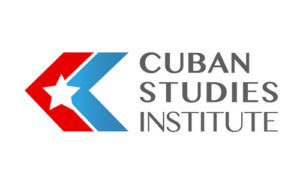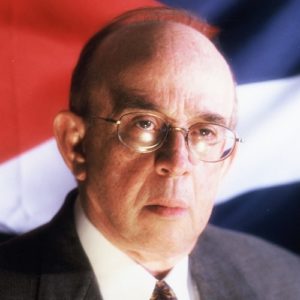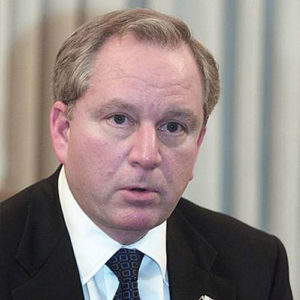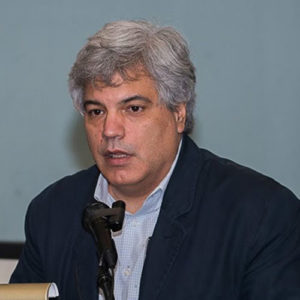The Spanish term guerrilla (“little war”) for the employment of small bands of irregular fighters in hit-and-run tactics against a regular army entered the international vocabulary during the popular Spanish uprising against the French-imposed rule of King Joseph Bonaparte (1808-14). It is appropriate for much of the fighting in the Ten Years’ War and Independence War, 1895-1898. Its successful employment by Fidel Castro between his return to Cuba in Granma and his triumph of 1959 led to a body of theory begun with Che Guevara’s La Guerra de guerrillas and Régis Debray’s Révolution dans la révolution? Guevara’s ideas would become the official position of the Revolutionary Cuba on the subject of how the left could achieve power in Latin America. During the 1960s Castro supported guerrilla movements in Latin America in contradiction to the Soviet policy of peaceful coexistence. After the failure of Castro-supported guerrilla attempts in Venezuela (1963) and Bolivia (1967), guerrilla warfare moved into the background until the achievement of power by Nicaragua’s Sandinistas in 1979. This encouraged similar guerrilla movements in El Salvador, Honduras, and Guatemala and the adoption of guerrilla tactics by the right-wing opposition in Nicaragua, the so-called Contras. Cuba supported the leftist guerrillas, the United States supported the Contras. Although all the guerrillas had been essentially defeated by the end of the decade, US economic pressure, as well as increasing disillusionment with the Sandinistas, guerrillas groups remained active, primary in Peru and Colombia.

Thanks to Cuba, Russia is a growing threat to the U.S.
*By Jaime Suchlicki The recent visit to Cuba and the Caribbean by a contingent of Russian naval war vessels and submarines indicates







